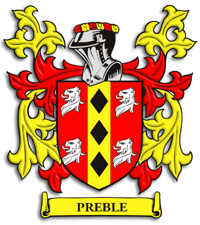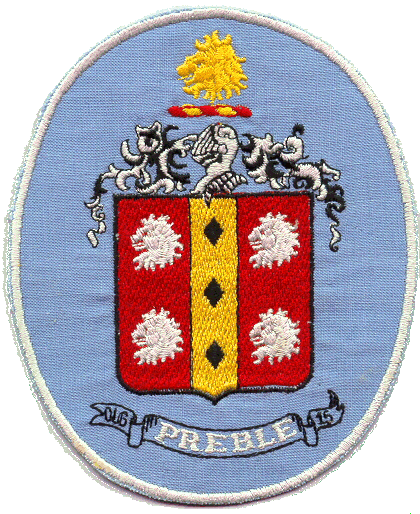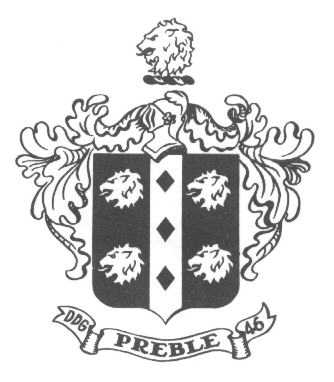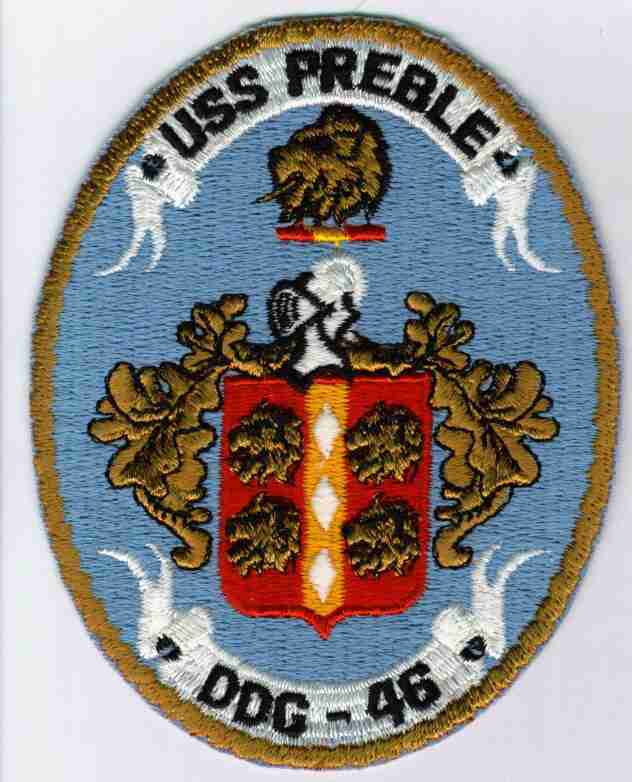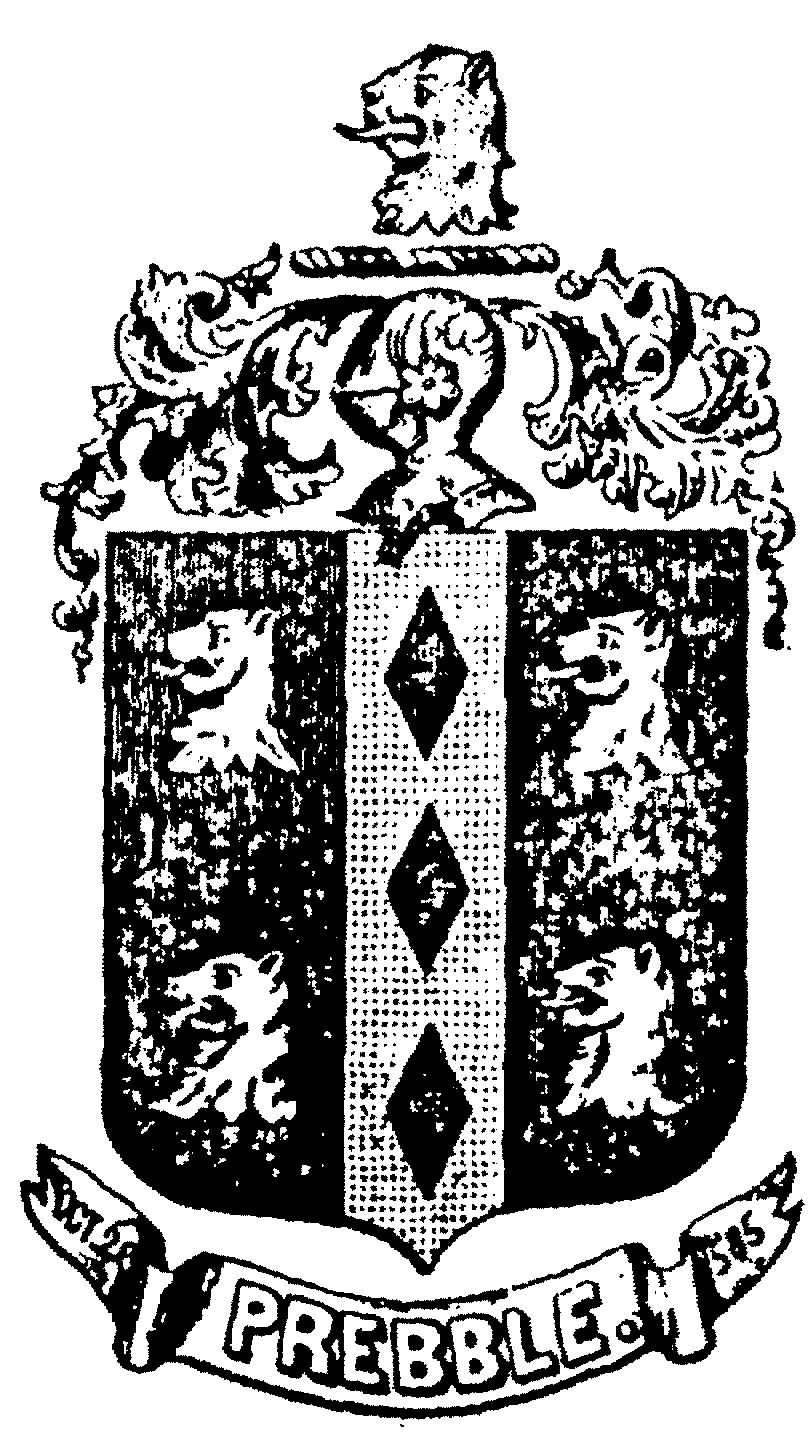|
Blazonry:
|
The art of blazoning: to describe a coat of arms
in the technical language of heraldry. The rules of blazon are
remarkable for their precision, simplicity, brevity and completeness.
The proper order of describing arms is: First, give the field, its
color (or arrangement of colors, if more than one), and the character
of partition lines when parted; second, the charges, and first those of
most importance, their name, number and position (when an animal, its
attitude); third, marks of difference, cadency, baronet's badge, etc.
|
Charge:
|
Anything occupying the field in an escutcheon.
There are two kinds of charges - proper and common.
PROPER CHARGES - So called because they peculiarly belong to
the art of heraldry. [See ordinary.]
COMMON CHARGES - Those charges which have been imported into
heraldry from all quarters, representing an array of objects, natural
and artificial, from reptiles and insects to human being and celestial
figures.
"The charge is that which is borne upon the color, except it
be
a coat divided only by partition." - Peacham.
|
Field:
|
The surface of a shield upon which the charges
or bearings are blazoned; or, of each separate coat when the shield is
quartered or impaled. |
Helmet:
|
The helmet is borne above the shield and beneath
the crest. Like the coronet, it denotes the rank of the wearer. Those
used by English heralds are: (1) For sovereigns and princes of the
blood, borne full-face, with six bars, all of gold; (2) for the
nobility, of steel,
with five bars of gold, shown somewhat in profile; (3) for baronets and
knights, of steel, full-faced and open; (4) for an esquire or
gentleman, of steel, with the visor closed, and represented in profile.
There is a further distinction made by some heraldic writers,
being a silver helmet, in profile, with gold ornament, and four silver
bars, for the lesser nobility, or those renking below a marquis.
The various distinctions of the helmet are supposed to have been
introduced after
the Restoration.
|
Crest:
|
Originally the crest was the ornament of the
helmet, or headpiece, and also afforded protection against a blow. In
the early rolls it was scarcely noticed, but in later armorial grants
it came into general use. Crests, like arms, were sometimes allusive.
Thus, Grey of Wilton used a gray, or badger, and Lord Wells a bucket
and chain. In
the early days of the crest it was confined to persons of rank, but in
later times it has been included in every grant of arms. A coronet or
helmet below the crest is not a mark of rank. |
